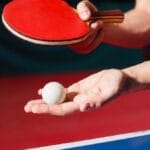Major League Baseball’s Opening Day is a celebrated event, marking the start of a new season filled with hope and excitement. Baseball players are known for their athleticism and strategic minds, but beneath the surface lies a world of peculiar superstitions.
While modern players might have lucky underwear or specific pre-game rituals, 19th-century baseball players took superstition to a whole new level. As baseball grew in popularity after the Civil War, these early players developed some truly bizarre beliefs. Let’s dive into ten of the most unusual superstitions from baseball’s past.
Drinking Hot Turkey Gravy
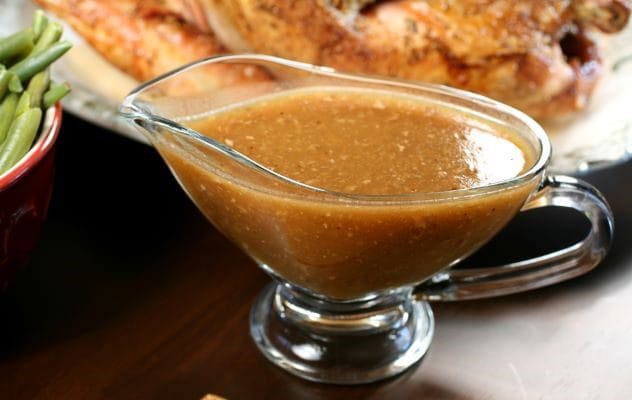
In 1894, the Baltimore Orioles dominated the National League, winning 24 out of 25 games and securing their first pennant. This team, which boasted six Hall of Famers, had a rather odd pre-game ritual. Before every batting practice, each member of the Orioles would drink a glass of hot turkey gravy!
While it’s unlikely the gravy had anything to do with their success, the Orioles were also known for other less savory tactics. They were rumored to ice baseballs, grease the pitcher’s mound, and even manipulate the baselines to favor their bunts. Perhaps their success was more about gamesmanship than gravy.
The Evil Eye

William “Billy” Moffat Earle, a Major League Baseball catcher from 1889 to 1894, was known for his skills behind the plate and his unsettling demeanor. Earle fancied himself a hypnotist, which made many of his teammates uneasy. But what really set him apart was the belief that he possessed an “evil eye.”
Teammates felt that Earle’s gaze could bring bad luck. An incident where Earle survived a boat accident while a teammate drowned further fueled this superstition. Whether it was fear or simply discomfort, the belief in Earle’s “evil eye” ultimately hindered his baseball career.
Not Speaking to His Own Starting Pitcher
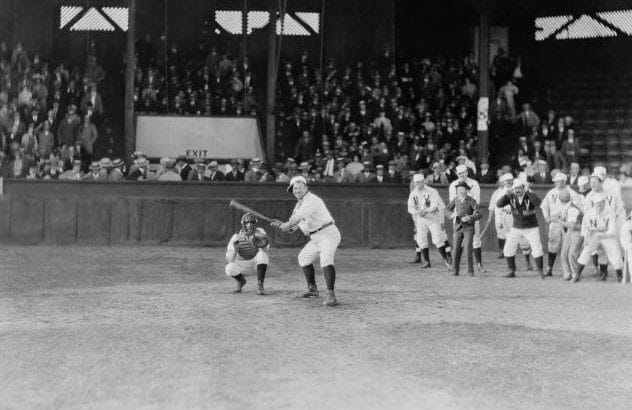
Cap Anson, a prominent figure in the late 19th century, had a complicated legacy. While he was a talented player with numerous records, he was also known for his racist views and alleged involvement with the Klu Klux Klan. Beyond his controversial history, Anson had a peculiar pre-game ritual: he refused to speak to his own starting pitcher.
It’s common for teammates to chat and strategize before a game, but Anson strictly avoided any conversation with the pitcher. The origins of this superstition remain a mystery, but it was certainly an odd practice for a team leader.
Believing His Bats Had Individual Personalities
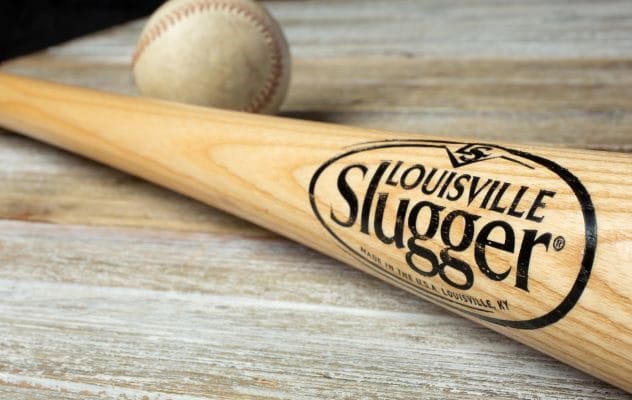
Louis Rogers “Pete” Browning, better known as “The Louisville Slugger,” was an outfielder from 1882 to 1894. He was the first baseball player to have custom-made bats, a practice that continues today. But Browning’s relationship with his bats went beyond mere preference; he believed each bat had its own personality.
Browning named his bats, talked to them, and even retired them after only a few uses, believing each bat only had a limited number of hits in it. This unique connection to his equipment made him a fascinating and superstitious figure.
Putting Pebbles in His Back Pocket
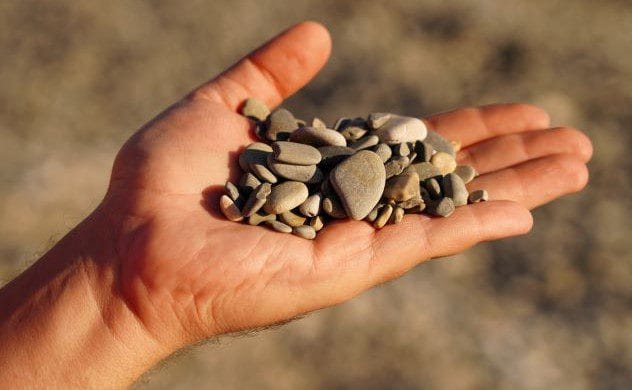
John Wesley “Jack” Glasscock, a shortstop from 1879 to 1895, earned the nickname “Pebbly Jack” for his unusual habit. Glasscock would search the infield dirt for small pebbles and place them in his back pocket.
He believed that these pebbles would prevent bad hops, ensuring ground balls would roll smoothly. Unlike some superstitions, this one might have actually improved his game, as it made him more prepared for unpredictable bounces.
Believing a Cross-Eyed Woman Hexed a Game

John Joseph “Blackjack” Burdock, a second baseman who played for over 20 years, had a particularly colorful superstition. According to a June 1879 article in the Chicago Tribune, Burdock blamed a loss on a cross-eyed woman he saw in a window on the way to a game against the Cincinnati Reds.
Burdock believed the woman had hexed his team. The article further details how his team then sought out a “lucky” African American boy, paying him to appear at their next game. This story highlights not only the superstitions of the time but also the racial biases present in 19th-century baseball.
Never Proceeding from the Bench to Second Base
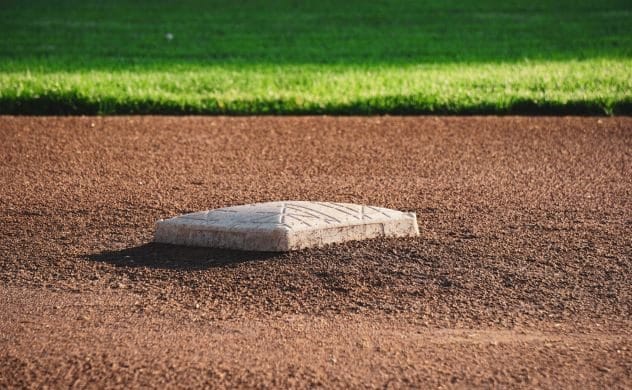
Bill Eagan, known as “Bad Bill” for his aggressive attitude, had a unique superstition about navigating the baseball field. Eagan would never walk directly from the bench to second base. Instead, he would tiptoe to the third base line from home plate or walk up the first base line and around first.
This quirky habit was just one aspect of Eagan’s eccentric personality, which also included tales of drunken antics and clashes with authority.
Always Swinging at the First Ball
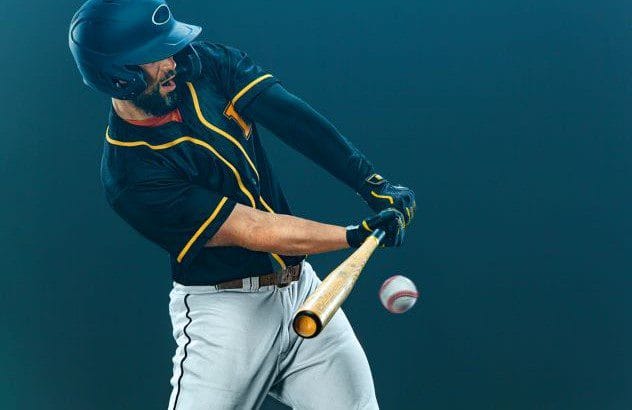
John W. Jackson, also known as “Bud Fowler,” was one of the first African American baseball players and a significant figure in the sport’s early history. In 1889, while playing for the Michigan State League, Jackson developed a peculiar superstition. He would swing at the first ball pitched, regardless of its location or quality.
The Grand Rapids Democrat noted that Jackson would swing even if the ball was far over his head or hit the plate. This unwavering commitment to swinging at the first pitch made him a memorable and superstitious player.
Using Children, Dogs, and Monkeys as Good Luck Charms

William “Buck” Ewing, one of the best catchers of the late 19th century, had a penchant for good luck mascots. Ewing’s mascots included young children, often recruited from the streets of New York. These children were seen as good luck charms, bringing positive energy to the team.
In addition to children, the New York Giants also had a ring-tailed monkey and a toy barking dog as mascots. These unconventional mascots added a touch of whimsy to the game and reflected the superstitious beliefs of the time.
Bat-Carrying Redheads Were Bad Luck

William “Bill” G. Gleason, a shortstop who played from 1882 to 1889, harbored a unique superstition. According to an 1884 interview in the Harrisburg Telegraph, Gleason believed that redheads carrying his bat bag brought terrible luck.
An “old base baller” mentioned that Gleason would turn “ghostly white” at the sight of a red-headed boy with his bat, viewing it as the worst omen imaginable. This fear of redheads carrying his equipment made Gleason a particularly intriguing figure in the superstitious world of 19th-century baseball.
Conclusion
The superstitions of 19th-century baseball players offer a fascinating glimpse into the minds of athletes from a bygone era. From drinking hot turkey gravy to fearing redheads, these bizarre beliefs added a layer of mystique to the game. While modern baseball players may have their own rituals, these historical superstitions remind us of the enduring human tendency to seek luck and ward off misfortune in the face of uncertainty.
Which of these superstitions surprised you the most? Leave a comment below!








